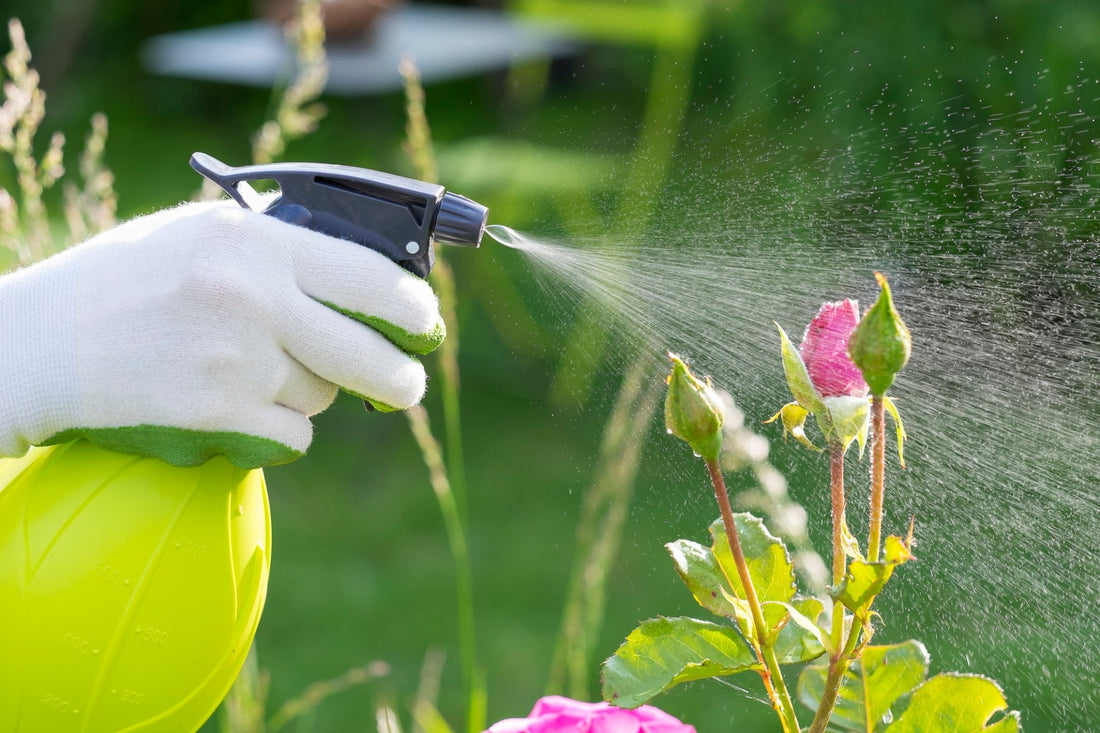Common Garden Diseases and How to Handle Them (Without Losing Your Cool)
It’s the peak of gardening season in Georgina, and your plants are flourishing… until they’re not. Suddenly, that once-thriving tomato looks like it’s ready to audition for a zombie movie, and your roses are sporting suspicious white spots. What’s going on? Garden diseases. But don’t worry—you can still save the day!
What Are Plant Diseases?
In simple terms, plant diseases are abnormal conditions caused by fungi, bacteria, or viruses that mess with the plant’s normal functions. These microscopic troublemakers can lead to anything from weird leaf spots to full-on plant death. Some diseases spread quickly through your garden, while others take their sweet time but still cause trouble.

Why Do Plants Get Diseases?
There’s a whole list of reasons why your plants might get sick, but the three biggest culprits are:
- Environmental stress: Too much or too little water, poor soil, or extreme temperatures.
- Poor airflow: Crowded plants are like kids in a classroom—diseases spread fast in tight quarters.
- Weak immune systems: Plants that are stressed, malnourished, or poorly pruned are more likely to fall prey to disease.
The 5 Most Common Garden Diseases
Disease #1: Powdery Mildew
We’ve all seen it—those weird white spots on leaves that look like someone sprinkled flour everywhere. Powdery mildew loves hot, dry conditions and poor air circulation. Once it shows up, it spreads like wildfire.
- Prevention: Make sure to space your plants out so they have good airflow. Also, avoid watering the leaves—keep it at the base of the plant.
- Natural Combat: Mix one tablespoon of baking soda with one gallon of water, and spray it on the infected plants. You can also try neem oil or sulphur-based sprays.
- What NOT to Do: Don’t ignore the infected leaves or debris. Remove and dispose of them (far away from your garden) to stop the spread.

Disease #2: Blight
Blight is the Darth Vader of plant diseases. One day your plants are fine, and the next, they look like they’ve been hit by a meteor. Blight causes plants to turn black, wither, and collapse. Tomatoes and potatoes are frequent victims.
- Prevention: Rotate your crops and avoid planting tomatoes or potatoes in the same spot every year. Also, water in the morning so plants have time to dry off before nightfall.
- Natural Combat: Copper-based sprays are effective. You can also use a mixture of compost tea to strengthen plants and boost their natural defences.
- What NOT to Do: Don’t let infected plants linger. If your plants look like they’ve been hit by blight, remove them and burn or trash the remains—don’t compost!
Disease #3: Root Rot
Root rot happens when your plants’ roots are sitting in soggy soil for too long, and they start rotting away like some horrible sci-fi movie. It’s caused by fungi that thrive in overly wet conditions.
- Prevention: Improve your drainage! Plant in well-draining soil and make sure your containers have drainage holes.
- Natural Combat: Apply a homemade fungicide using cinnamon or chamomile tea, which have antifungal properties.
- What NOT to Do: Don’t overwater your plants. Once root rot takes hold, it’s tough to reverse, so prevention is key.

Disease #4: Leaf Spot
If your leaves are sporting polka dots that aren’t part of their natural aesthetic, you might have leaf spot. This fungal disease causes brown or black spots on leaves, eventually causing them to fall off.
- Prevention: Water at the base of the plant and prune regularly to improve airflow. Remove any spotted leaves ASAP.
- Natural Combat: Use a DIY fungicide by mixing one teaspoon of dish soap, one teaspoon of baking soda, and one quart of water. Spray the affected plants weekly.
- What NOT to Do: Don’t compost infected leaves—they’ll spread the disease like gossip at a family reunion.
Disease #5: Rust
Rust may sound harmless, but it’s anything but. It appears as orange, rusty spots on leaves and can spread fast in humid, wet conditions.
- Prevention: Water early in the day so your plants can dry off. Also, give your plants some breathing room by spacing them out properly.
- Natural Combat: Mix one part milk with two parts water and spray the infected plants. Milk contains compounds that slow fungal growth.
- What NOT to Do: Don’t let the infection fester. Pick off infected leaves, but never leave them on the soil’s surface—it’s a rust party waiting to happen.

How to Prevent Garden Diseases
- Proper spacing: It’s the garden equivalent of personal space. Keep your plants far enough apart so air can circulate freely.
- Water wisely: Water in the morning at the base of the plants, and avoid splashing leaves.
- Prune regularly: Give your plants a regular haircut to improve airflow and get rid of any damaged or diseased parts.
- Rotate crops: Changing up where you plant things each year can confuse diseases and pests.
- Keep it clean: Remove fallen leaves, spent blooms, and any plant debris that could harbour diseases.
What Not to Do When Your Plants Get Sick
- Don’t panic: Not every spot is the sign of an apocalypse. Identify the disease and act calmly.
- Don’t go chemical crazy: Sure, chemical sprays might seem like a quick fix, but they often harm beneficial insects and the environment.
- Don’t compost diseased plants: This is just asking for trouble. Infected plants can spread disease to next year’s compost pile.
So, there you have it, plant diseases are a fact of life, but with a little prevention and some natural remedies, you can keep your garden thriving without breaking out the chemical warfare. Stay vigilant, keep your garden tidy, and remember: the best defence is a good offence—happy, well-cared-for plants are the least likely to get sick.
Happy gardening!




